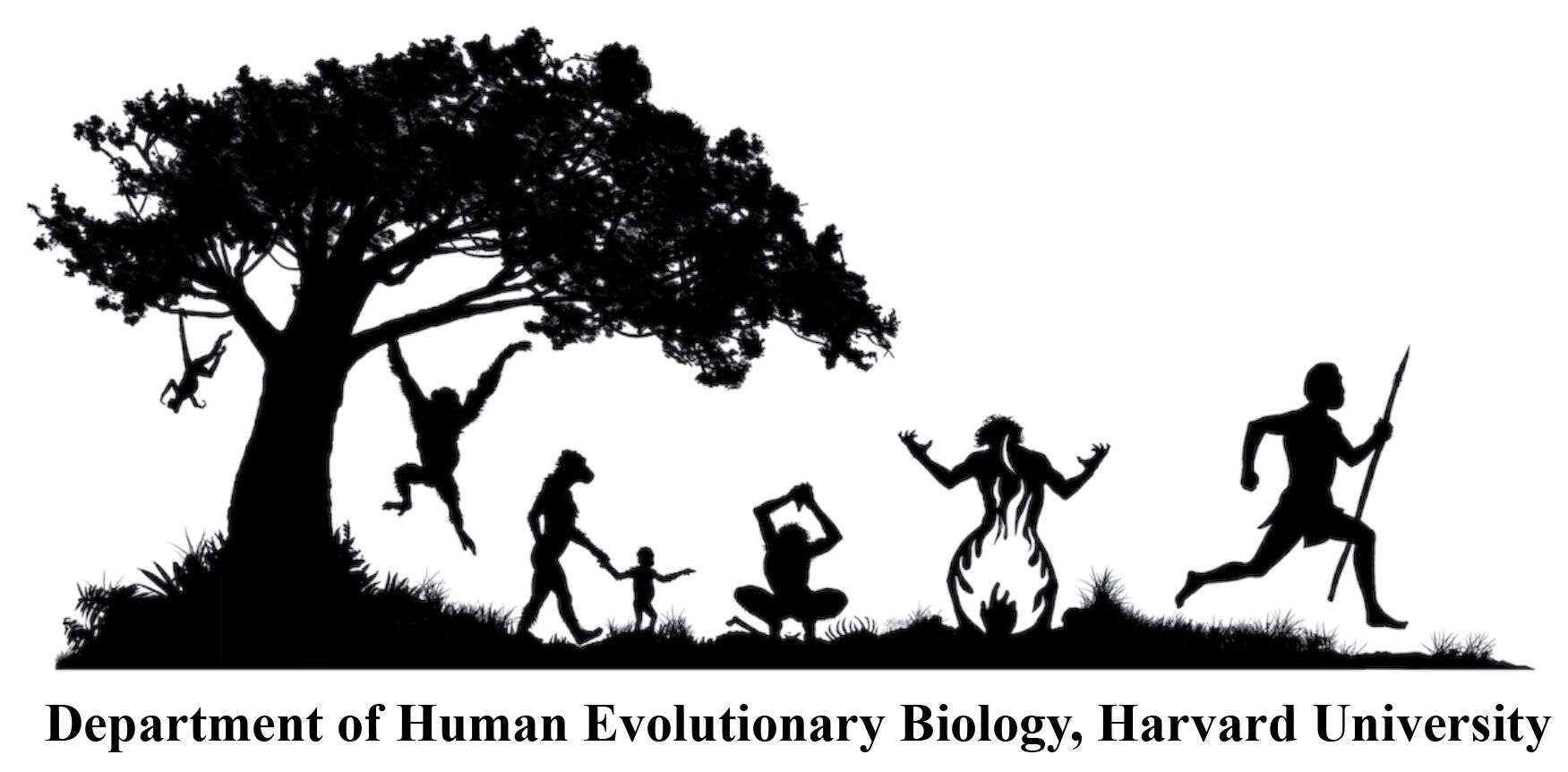Date:
Friday, April 30, 2021, 9:00am to 10:00am
Location:
Virtual
"Energy Allocation to Adolescent Skeletal Growth: Impacts of Insulin and Physical Activity"
Victoria Tobolsky, Ph.D. Candidate, Department of Human Evolutionary Biology
Friday, April 30, 9:00-10:00 am EST
Please RSVP to Mallory McCoy for the zoom link & password (mmccoy@fas.harvard.edu).
Abstract:
Life history theory predicts that organisms allocate energy to maximize reproductive success. Adolescence is characterized by a trade-off in energy allocation between skeletal growth and reproductive capacity, but the hormonal mechanisms regulating this trade-off are not well understood. Insulin, one of the body’s most potent anabolic agents, has previously been implicated as a potential modulator of trade-offs in adolescence as evident from data that children go through a transient period of high insulin levels during puberty that coincides with the greatest gains in linear growth, as well as from evidence that insulin resistance associated with obesity and/or physical inactivity disrupts the normal patterning and tempo of adolescent growth. Here, I test the association between insulin and adolescent growth in three ways. Chapter I utilizes a natural experiment to test the association between insulin and linear growth gains in rural versus urban communities from western Kenya that differ in physical activity levels. Chapter II utilizes a mouse model to experimentally test whether insulin sensitivity in the growth plate responds to diet-induced obesity. Chapter III uses a retrospective clinical analysis to explore the effects of exercise in regulating bone mineral accrual and bone fragility during adolescence by utilizing a different natural experiment: polycystic ovary syndrome (PCOS). PCOS is characterized by dysregulated insulin and is associated with poor bone outcomes in young, lean women. I provide evidence that insulin contributes to linear skeletal growth during adolescence and that insulin insensitivity can arise in the growth plate as one potential mechanism of disrupted growth. In addition, exercise may act to buffer the skeleton from deleterious consequences of PCOS and dysregulated insulin signaling. Together, these three studies provide an integrated picture of the role of insulin in regulating skeletal energy allocation during adolescence and how insulin signaling may be promoted or impaired through the mediation of physical activity.See also: Dissertation Defenses
